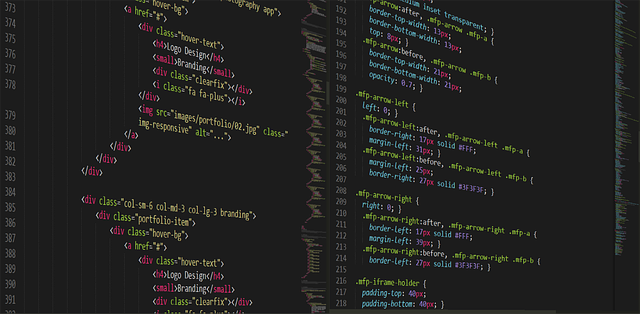In real estate, hazard identification is crucial for ensuring property safety and occupant well-being. This includes assessing structural issues, environmental concerns, and region-specific risks like natural disasters. Comprehensive hazard assessment enables professionals to implement effective mitigation strategies, maintain secure properties, and enhance investment value. Basic security measures such as smoke detectors, carbon monoxide alarms, and regular maintenance are vital for risk reduction and protecting occupants, leading to reduced insurance claims. Strategically installing security cameras and lighting exterior spaces further bolster security. Regular inspections identify potential hazards like faulty wiring before they escalate, protecting tenants/homeowners and increasing property value through enhanced market appeal.
In the realm of real estate, safeguarding property occupants from hazards is paramount. This comprehensive guide delves into essential strategies for identifying and mitigating risks, ensuring a safe living environment. We explore critical components like hazard identification in real estate, implementing robust safety measures, and the indispensable role of regular maintenance in risk mitigation. By adopting these practices, real estate professionals can foster secure spaces that attract and retain tenants.
Understanding Hazard Identification in Real Estate

In the real estate sector, hazard identification is a critical step in ensuring the safety and well-being of property occupants. It involves a thorough assessment of potential risks within a building or area that could harm residents or cause damage to the property. By identifying these hazards, real estate professionals can implement effective mitigation strategies, making properties more secure and attractive to tenants or buyers.
Hazard identification in real estate encompasses various elements, from structural issues like faulty wiring or leaky roofs to environmental concerns such as radon gas or lead paint. It also includes assessing potential risks from natural disasters like earthquakes, floods, or wildfires, which are region-specific. A comprehensive hazard assessment helps real estate owners and managers allocate resources efficiently, prioritize safety measures, and maintain a positive living environment for occupants, thereby enhancing the overall value of their investment.
Implementing Safety Measures for Property Occupants

In the real estate industry, ensuring the safety and well-being of property occupants is paramount. Implementing robust safety measures not only enhances the living environment but also contributes to a higher standard of care for tenants or homeowners. Start with basic security systems like smoke detectors, carbon monoxide alarms, and fire extinguishers, which are essential in mitigating risks from common hazards. Regularly testing and maintaining these devices is crucial to guarantee their reliability when it matters most.
Additionally, property managers and owners should consider installing security cameras, especially in common areas, to deter potential criminals and provide a layer of protection. Illuminating exterior spaces with well-placed lighting also discourages unauthorized access and makes the property more secure. These proactive steps contribute to creating a safe haven for occupants and can significantly reduce insurance claims related to safety incidents, making it a beneficial investment in any real estate venture.
Regular Maintenance: A Key Strategy for Risk Mitigation

Regular maintenance plays a pivotal role in safeguarding property occupants and is an indispensable strategy for risk mitigation in the real estate sector. By implementing routine inspections and upkeep, potential hazards can be identified and addressed before they escalate into safety concerns. This proactive approach ensures that issues like faulty wiring, leaky pipes, or structural weaknesses are promptly remedied, creating a secure living environment.
In the dynamic realm of real estate, where properties undergo constant changes in occupancy, regular maintenance acts as a shield against unforeseen accidents and injuries. It involves everything from checking fire alarms and carbon monoxide detectors to inspecting HVAC systems and ensuring smoke detectors are operational. This meticulous process not only protects tenants or homeowners but also adds value to the property by extending its lifespan and maintaining its market appeal.






